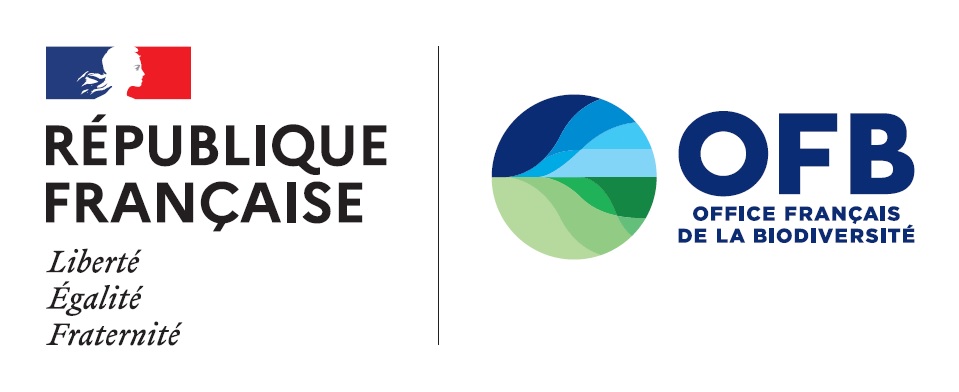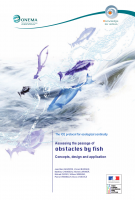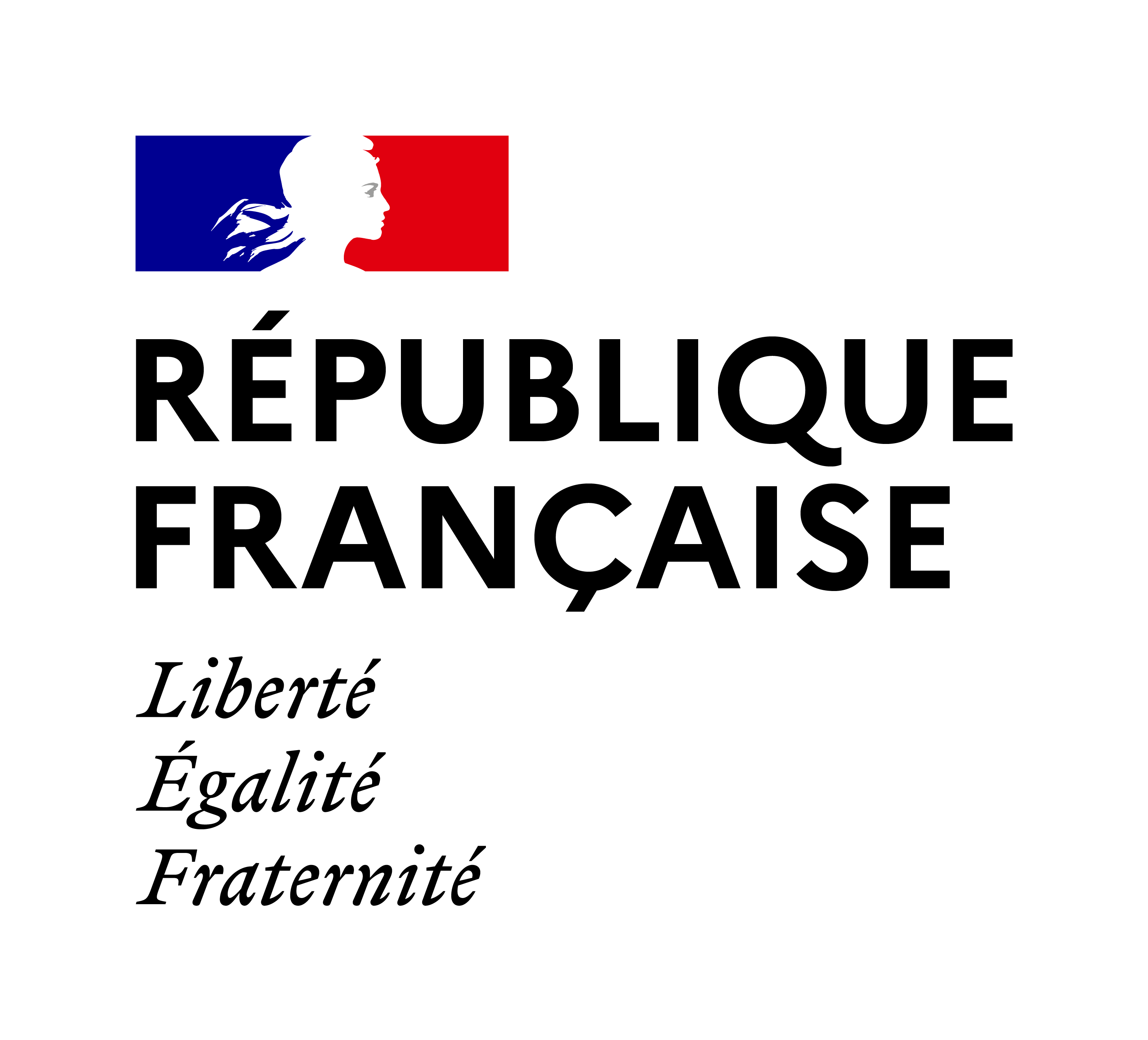The ICE protocol for ecological continuity - Assessing the passage of obstacles by fish. Concepts, design and application
Obstacles to flow in rivers constitute a major source of breaks in ecological continuity. Given the vast array of regulatory requirements, notably the Water framework directive, and the many environmental issues involved in restoring the ecological continuity of aquatic environments, Onema decided to create a "tool" to assess and quantify the impacts of hydraulic structures on the free movement of fish.
Contact : Jean-Marc Baudoin - jean-marc.baudoin@ofb.gouv.fr
Table of content
Ecological continuity and fish
- The issues involved in the movement of fish
- The capabilities of fish to overcome obstacles
General principles underlying the ICE protocol
- Protocol modus operandi
- Definition of species groups
- Definition of passability classes
Assessment of passability during upstream migration
- Fixed elements of weirs and dams
- Moving parts of an obstacle
- Road/rail structures
- Tidal structures
- Complex and mixed structures
- Eels, a special case
Pre-assessment of obstacles equiped with a fish pass
- The different types of fish pass
- Pre-assessment of the different types of fish pass
Evaluer le franchissement des obstacles par les poissons. Principes et méthodes. Informations sur la continuité écologique - ICE
| Knowledge for action
| May 2014

Diagnostiquer et quantifier les impacts des ouvrages hydrauliques sur les déplacements des poissons est nécessaire pour évaluer la dégradation de la continuité écologique. Ce document présente les enjeux de la continuité piscicole, le protocole standardisé dénommé ICE, qui a été développé pour réaliser cette évaluation, les principes scientifiques qui ont prévalu à sa construction, ainsi que la procédure détaillée de son application.





